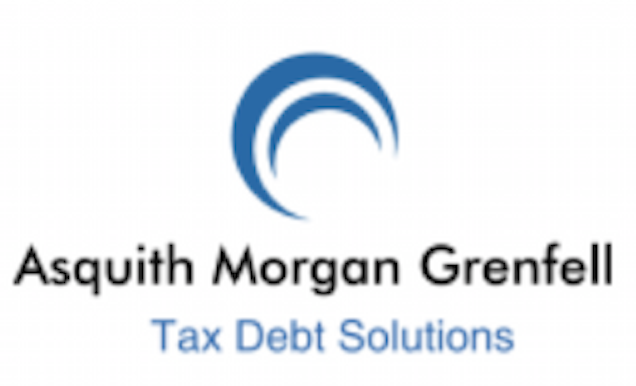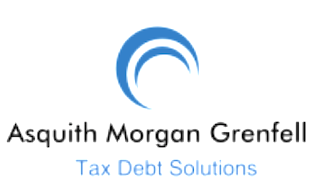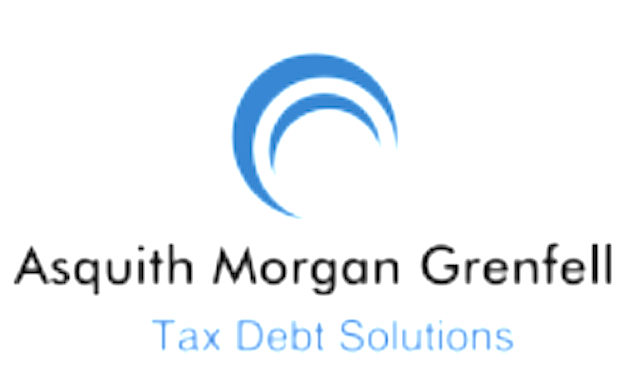How to Avoid Bankruptcy
You have been engulfed by a tsunami of debt and are quickly sinking under ever increasing bills and fast growing debts. You have been taking cash from your credit cards to pay the minimum payments and keep your home and the car. After paying all of your bills there is not enough money to live on.
You didn’t plan to get laid off or the insurance company not to pay your claim. That’s not your way; you have always been self-reliant and independent and paid your way. You have been slammed and knocked down, but you know that you will get back on your feet given some time.
There is the stress of constant phone calls from banks and finance companies and the simple lack of money. There is seems to be no way out but to chuck it all in and declare bankruptcy. At least that will get everyone off your back.
Bankruptcy will stop the creditors in their tracks. It will stop them calling and harassing you. It will allow you to re-group and get things back on track. And sometimes there is no other alternative if you debts are too big and too overwhelming.
BUT Bankruptcy is no walk in the park. Bankruptcy is like financial nakedness. You are stripped of all but the bare essentials and made to parade around wearing that burden in public. Bankruptcy sure isn’t for the modest. Your name is put on a public register and remains there for 7 years, You need to hand over to your creditors all that you have of value save for a very very basic car and some tools of trade.
Not only that but you also have a person, called your trustee in bankruptcy, looking over your shoulder to ensure that you are handing over your excess pay and haven’t tried to hide anything. The same trustee can call you to court and grill you over your assets and what you do. You also need to hand over your passport to the trustee. Sure the trustee, most times, will let you travel, but who could afford to in these circumstances. Sure you will have not debts, but bankruptcy is 3 years of penury.
There are ways to avoid bankruptcy and get out of debt without putting your life on hold.
Debt Agreement
There is now an official way that you can do a deal with your unsecured creditors, called a Debt Agreement. Basically using a government licensed Debt Administrator, who is working on your side, you cut a deal with the creditors to take a lesser amount and freeze interest, fees and charges. Instead of lots of payments to all of your different finance companies and credit cards, you make a single payment to the Administrator. The Administrator looks after the creditors and they can no long chase the debts from you.
A Debt Agreement only deals with debts that are not secured. If you have finance on a car you need to keep paying that, but you can keep your car and home. You have more options and you can save a lot of money doing a Debt Agreement.
Informal Agreement
Debt Agreements will only cover unsecured debts up to $107,307 and where your after tax income is less than $80,480. These amounts are indexed and increase slightly every year. If you fall outside those amounts you can’t do a Debt Agreement.
Even if you fall within the Debt Agreement limits this may not be the best option for you. Most Debt Agreements need to be wrapped up over a term of around 4 years. This restricts even further the availability of this option. The sweet spot for Debt Agreements is where your debts are under $35,000. The average Debt Agreement is for $23,000 in total debts.
Informal agreements are agreements struck with creditors to payout debts. These have a lot more flexibility than Debt Agreements. There are no restrictions on the amount of debt or income or the term of any agreement struck. In addition agreements do not need to be uniform with all creditors.
Case Study
Michael, 59, had over $400,000 in mortgage debt jointly owned with his partner and their home was valued at $490,000. Michael & his partner share expenses, with income for the family at $1,500 per week after tax deductions; the income is enough to service the mortgage but not enough for his unsecured debt payments and living expenses.
Michael has accumulated unsecured debts, largely due to investing in their son’s future. He was the only one working while his partner was raising the family. Michael had 6 credit cards and one unsecured personal loan. The credit cards were all maxed out and he was only able to make the minimum monthly payments on them. His unsecured debt totaled $91,718 and the minimum monthly payments on the credit cards and monthly payments on the personal loan cost him $2,000 on top of his mortgage payments of $2,100 per month.
Income totaled $6,300 per month and debt payments $4,100. The balance left very little for other expenses like utilities, rates, petrol and general living expenses. If they sold their home it was unlikely they would be able to buy another property.
Debt Negotiators Advice
While a Debt Agreement could have provided a debt solution, Michael and his family preferred the flexibility of an Informal Agreement and the fact that he kept his credit rating.
We worked out his uncommitted income. The Informal Agreement we structured allowed Michael to keep the family home and maintain existing mortgage payments. We negotiated his unsecured debt payment to $980 per month over 5 years.
Summary:
- Reduced his unsecured debts payments from $2,000 per month to more manageable $980 per month thereby saving him over $1,020 per month in order for him to live on a comfortable lifestyle.
- No interest or fees and charges on the unsecured debt.
- Total payments $58,800 as opposed to original $91,000 he had borrowed thereby saving him over $32,200 on principal amount over 5 years.
- Michael will be debt free after 5 years.
- Michael’s credit rating has been unaffected.
- Bankruptcy and insolvency avoided.
This example illustrates how an informal agreement can lead to much better results than the traditional insolvency options.





Most Commented Posts